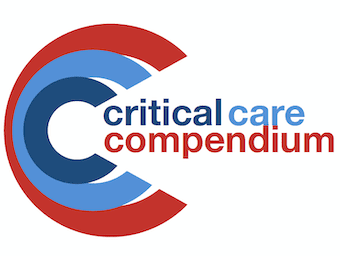
Mechanical Ventilation Overview
Basics of mechanical ventilation by Todd Fraser

Basics of mechanical ventilation by Todd Fraser

INDICATIONS A – protection and patencyB – respiratory failure (hypercapnic or hypoxic), increase FRC, decrease WOB, secretion management/ pulmonary toilet, to facilitate bronchoscopyC – minimise oxygen consumption and optimize oxygen delivery (e.g. sepsis)D – unresponsive to pain, terminate seizure, prevent…

Modes of Ventilation. Classification based on the following: Initiation; Cycle; Limit; and Pressure Regulated Volume Control

The use of neuromuscular blockade in acute respiratory distress syndrome (ARDS) is controversial. Renewed interest since the French ACURASYS trial in 2010

Reviewed and revised 19 May 2014 OVERVIEW Prone positioning can be used in mechanically ventilated patients with severe hypoxic respiratory failure to optimise oxygenation Refer to Prone Positioning for Hypoxic Respiratory Failure on INTENSIVE for the Alfred ICU guideline, cognitive…

Mechanical ventilation with application of pressure to the lung, whether positive or negative, can cause damage known as ventilator-associated lung injury (VALI)

Recruitment manoeuvres are transient increases in transpulmonary pressure designed to open up collapsed airless alveoli. Primarily used in severe acute respiratory distress syndrome (ARDS)

bronchial blocker is a device that can isolate part of the bronchial tree at the lobar level

Setting Up a Ventilator

Pressure vs Volume Loop: graphical representation of relationship between pressure and volume during inspiration and expiration. Spontaneous breaths go clockwise and positive pressure go counter clockwise

Dynamic Pressure-Volume Loops: used to estimate work of breathing in terms of expiratory and inspiratory components.

OVERVIEWPatient-Ventilator Dyssynchrony occurs when the patient’s demands are not met by the ventilator, resulting from problems with: VENTILATION STRATEGIES Total Ventilator-controlled Mechanical Support: Partial Patient-Controlled Mechanical Support: CAUSES Patient factors Ventilator factors TYPES OF VENTILATOR DYSSYNCHRONY Ineffective triggering Inappropriate triggering…